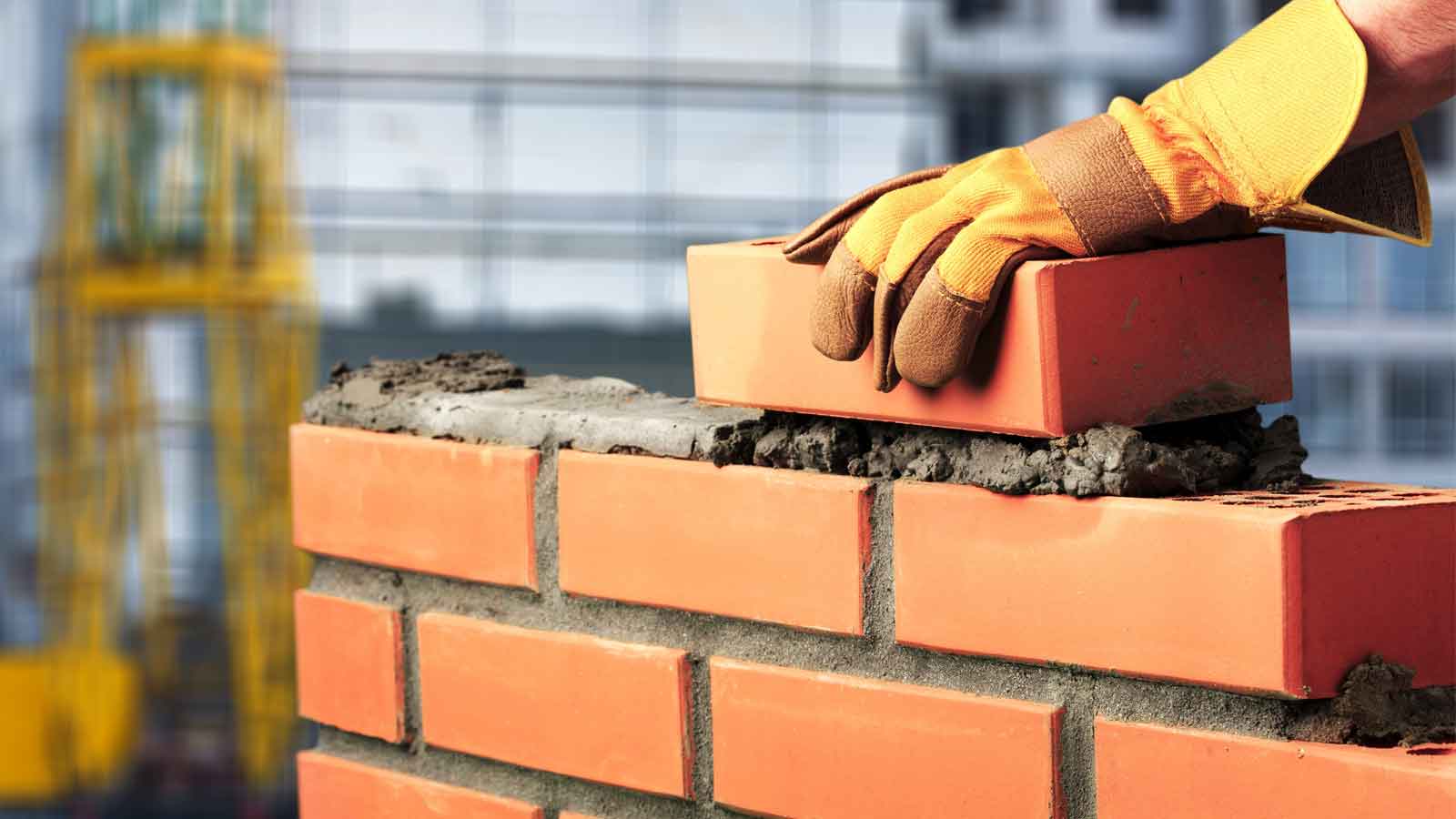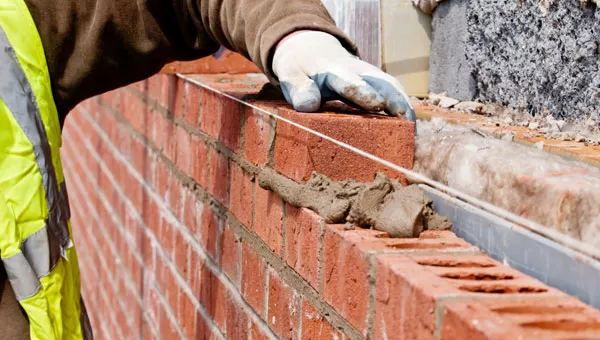Opening the Tricks of Lasting Masonry Construction Practices for Eco-Friendly Buildings
In the realm of modern-day building, the search of lasting techniques has come to be critical. Among the myriad approaches to environmentally friendly structure, lasting masonry building and construction sticks out as a tried and true and durable technique that holds a wealth of untapped potential. From the selection of materials to cutting-edge building strategies, the keys to accomplishing sustainability within masonry building and construction are complex and appealing. By checking out the advantages, products, methods, and future trends of sustainable stonework, a much deeper understanding of exactly how these practices can shape the future of environmentally friendly structures emerges.
Advantages of Lasting Stonework Building
Embracing sustainable masonry building and construction techniques not only decreases environmental impact however likewise provides long-lasting economic advantages to contractors and communities. By utilizing products like recycled bricks, blocks, and rocks, contractors can dramatically reduce the carbon impact of their jobs while promoting source efficiency. Furthermore, lasting masonry building methods, such as correct insulation and thermal mass buildings, can enhance power efficiency within buildings, leading to lowered operational costs with time.
In addition, the resilience and strength of masonry frameworks add to long-term economic benefits. Buildings created using lasting stonework methods usually call for less repair and maintenance, equating to set you back financial savings for building contractors and building owners. The long life of stonework materials additionally guarantees that structures stay steady and safe, reducing the demand for frequent restorations or replacements.
Eco-Friendly Masonry Materials
Making use of eco-friendly stonework products is a critical step in the direction of boosting the sustainability of building and construction methods and decreasing environmental effect while making best use of long-lasting economic benefits. Sustainable masonry materials are sourced, generated, and made use of in a manner that minimizes general ecological impact. Products such as recycled bricks, recovered stone, and sustainable cinder block are becoming increasingly preferred selections for eco-conscious contractors. Recycled bricks, as an example, not only draw away waste from garbage dumps but additionally call for much less energy to produce contrasted to brand-new blocks. Reclaimed rock uses an unique aesthetic charm while lowering the requirement for new quarrying. Lasting concrete blocks include recycled aggregates and might feature improved insulation residential properties, contributing to power performance in buildings.
Furthermore, all-natural materials like adobe, rammed planet, and straw bundles offer superb thermal mass residential properties, decreasing the need for heating and cooling power. These products are frequently in your area readily available, promoting local economic climates and decreasing transportation-related carbon discharges. By choosing environment-friendly masonry products, building and construction projects can considerably decrease their ecological impact and add to the development of much healthier, more lasting developed atmospheres.
Energy-Efficient Masonry Strategies
Power efficiency plays an essential duty in improving the sustainability of masonry building and construction methods. One essential energy-efficient stonework method is the usage of thermal mass, which entails integrating thick products like concrete or block into the building's framework to take in and keep heat.

Developments in Lasting Stonework
Recent developments in lasting stonework methods have caused cutting-edge methods that are improving the building and construction market. One such advancement is the development of self-healing concrete, which makes use of microorganisms embedded within the concrete to heal splits autonomously. This development not only decreases maintenance prices however additionally enhances the durability of stonework structures, adding to their sustainability.
Another noteworthy technology is the use of recycled accumulations in stonework building - masonry contractor. By integrating products such as smashed ceramic waste or recycled glass right into concrete mixes, builders can minimize the environmental effect of building and construction tasks while keeping structural honesty. This method not only diverts waste from landfills but additionally saves natural deposits, making it a vital advancement in lasting masonry building and construction
In addition, the read this integration of electronic style tools, such as Structure Info Modeling (BIM), is changing the method masonry frameworks are prepared and created. BIM enables more precise estimations, reduced product wastage, and improved power effectiveness, inevitably causing even more lasting building techniques. These technologies jointly signify an encouraging future for sustainable masonry building in the age of environment-friendly structures.
Future Trends in Masonry Sustainability
With the ingenious strides made in lasting masonry practices, the future fads in masonry sustainability are poised to more reinvent the construction industry. Among the key trends forming the future of masonry sustainability is the raised integration of technology. Advancements such as Building Details Modeling (BIM) and digital truth simulations are being used to enhance stonework building processes, causing minimized product waste and enhanced energy performance learn the facts here now in buildings.
Moreover, the development of unique sustainable materials is readied to play a significant role in enhancing the eco-friendliness of masonry construction. masonry contractor. Innovations like self-healing concrete, recycled aggregates, and bio-based binders are acquiring grip for their capability to minimize ecological influence while maintaining structural stability

Final Thought
To conclude, sustainable stonework building practices supply numerous benefits for environmentally friendly buildings. By using eco-friendly materials and energy-efficient methods, masonry can add to an extra sustainable constructed setting. Advancements in lasting stonework are continually being established to even more boost the ecological efficiency of structures. Looking towards the future, the pattern of stonework sustainability you could look here is anticipated to expand, resulting in more eco-friendly and energy-efficient building and construction techniques in the years to come.